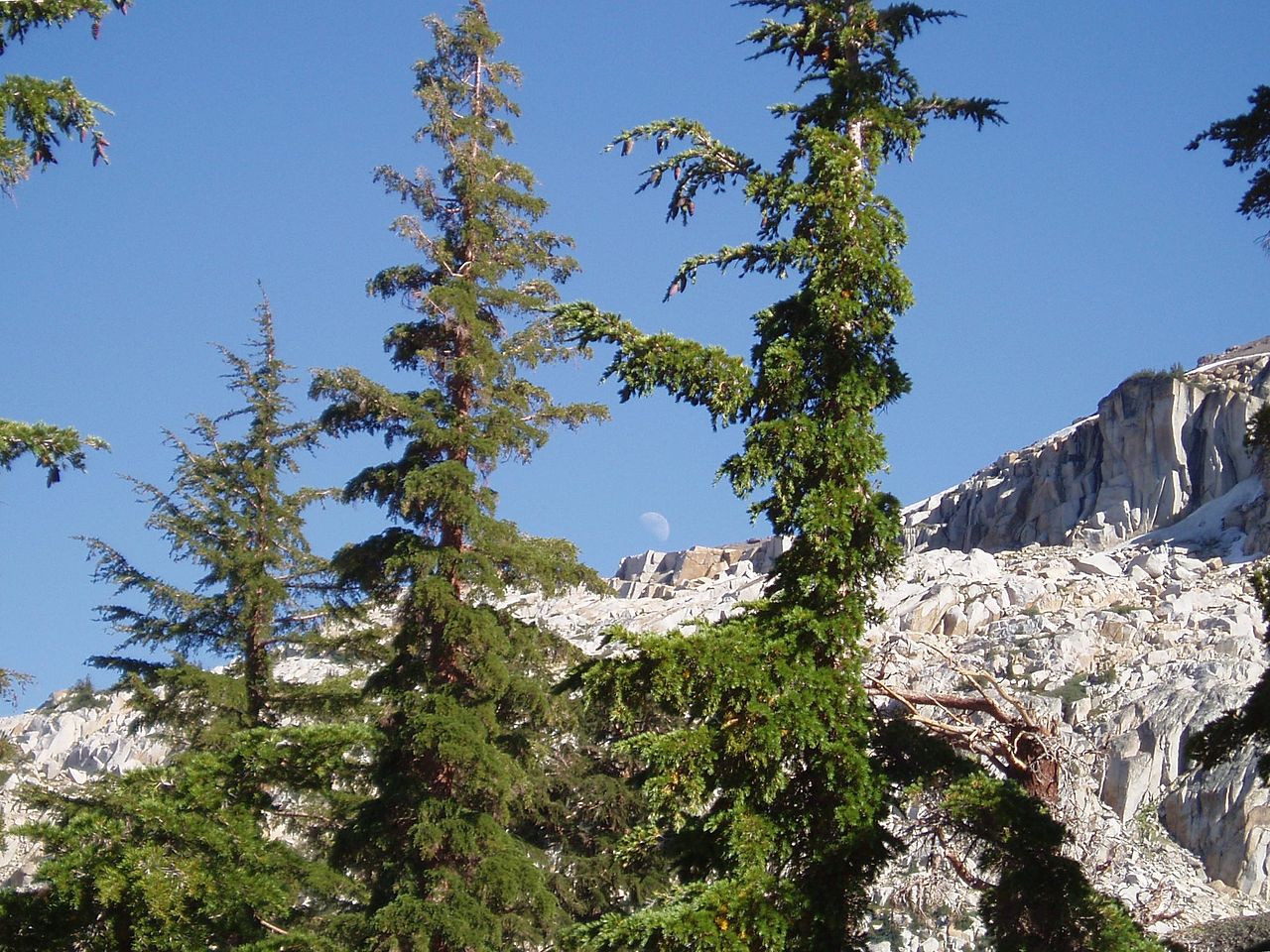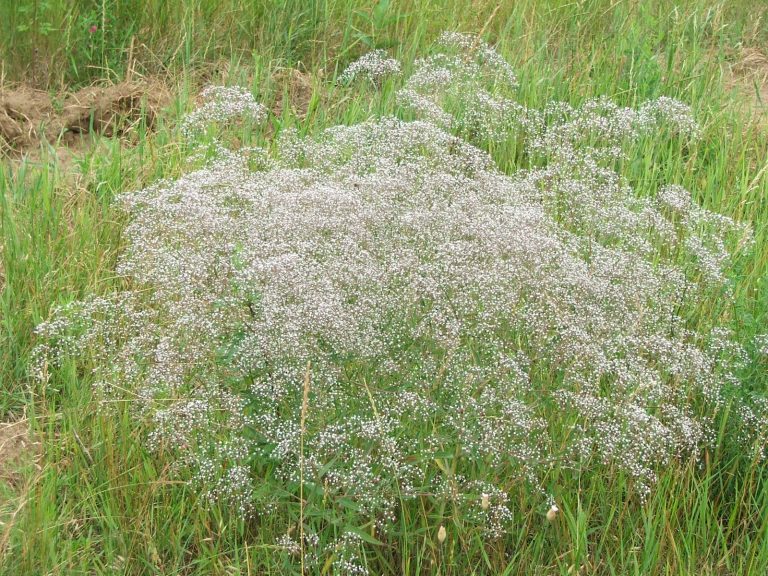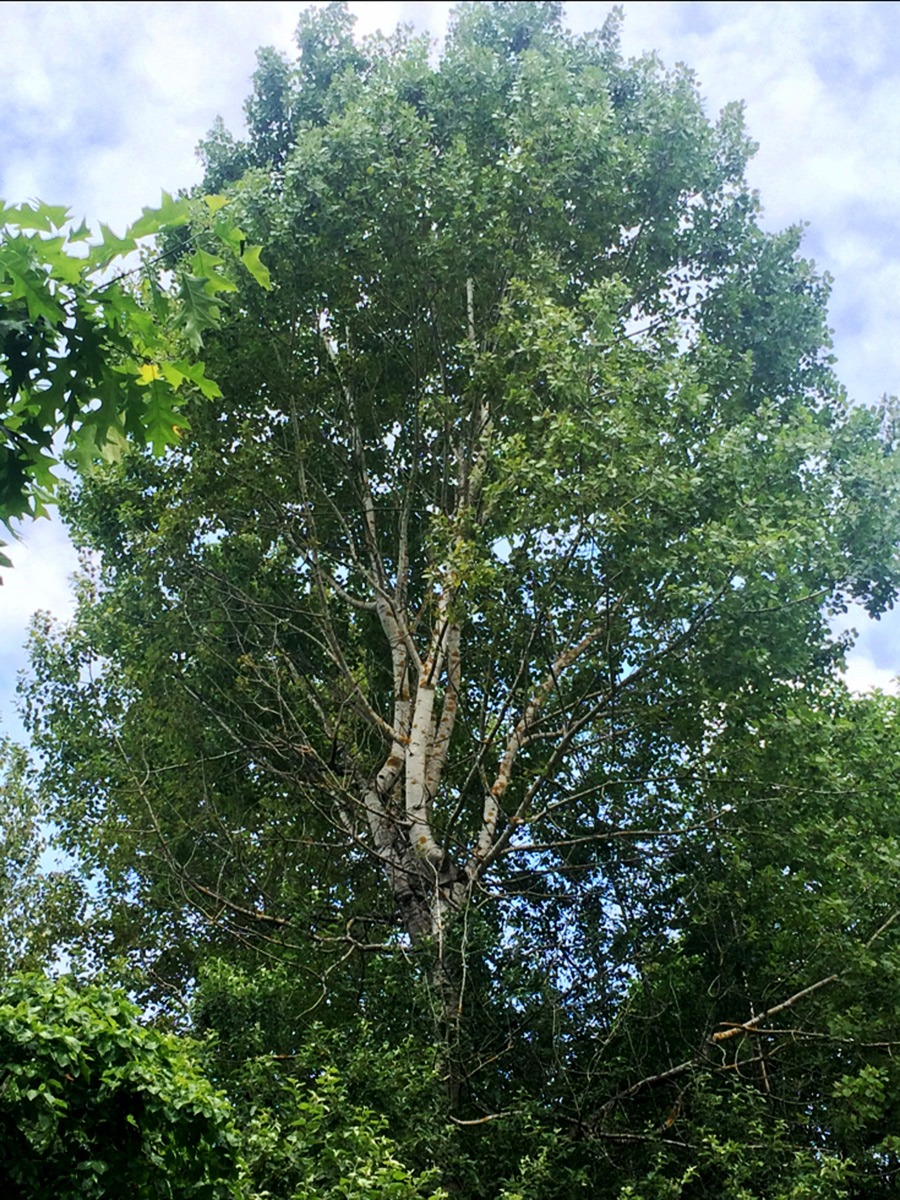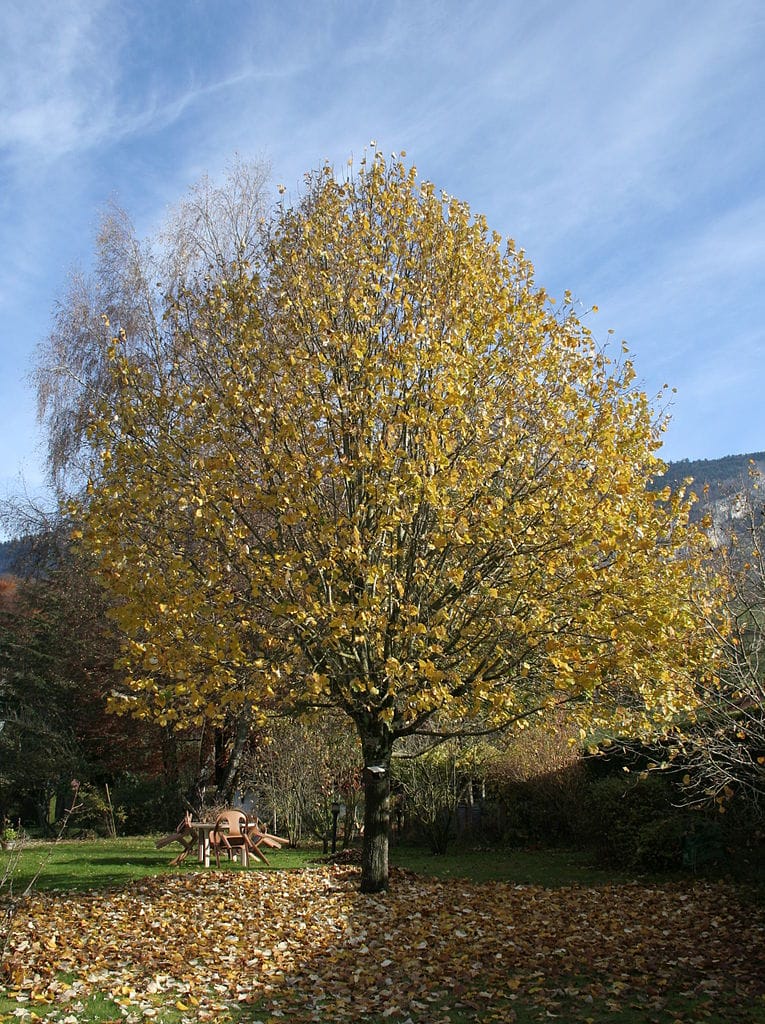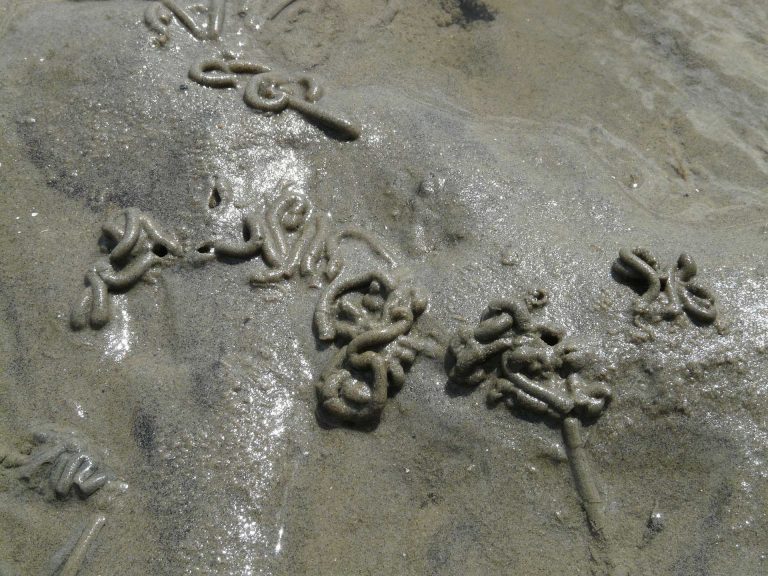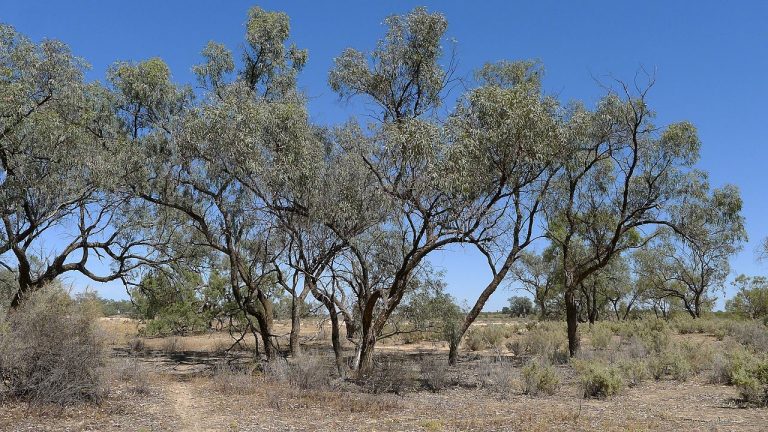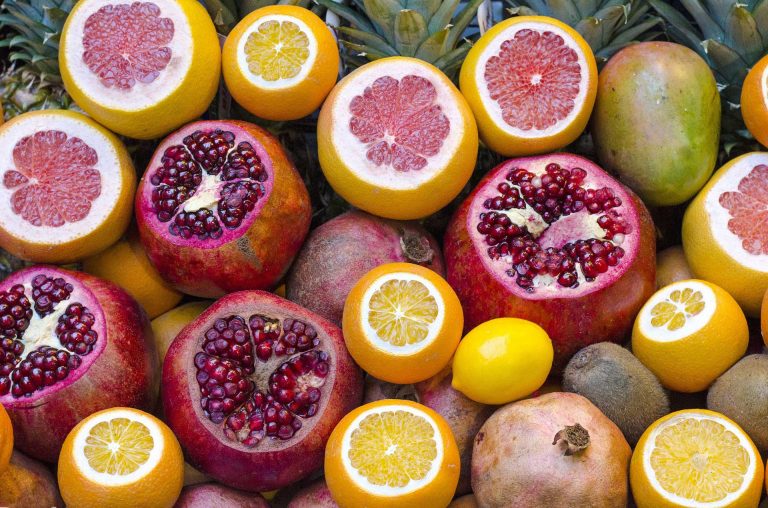Hemlock
Scientific Classification
| Kingdom: | Plantae |
| Division: | Pinophyta |
| Class: | Pinopsida |
| Order: | Pinales |
| Family: | Pinaceae |
| Genus: | Tsuga |
The Japanese tree Tsuga Sieboldii is a genus belonging to Pinaceae of the Pine family. This is commonly known as hemlock and has a great similarity in the way the squashed foliage smells in comparison with that of the poison hemlock plant which is mostly unrelated. The best part of the Tsuga plant is that they are not poisonous.
A conifer by nature or by origin, the Hemlocks are remarkable and attractive. The site requirements make the hemlocks most frustrating in the conifer family and it becomes very difficult for those who have a desire to grow them in their home gardens. There has always been a restriction to grow them in the landscapes too.
There are four different species of the hemlock trees. The study proves that two species of the hemlock tree show their origin from the western part of America and the other two come from the Eastern America. Hemlock trees adapt better to living in the mountain areas where the temperature is cool. These trees have a very attractive and graceful shape, which makes them very popular among the landscapers. Other reasons that the landscapers adore them are for their sun protection feature, great shades and their awesome color combination. Their green and silver coloring makes them even more attractive to people who have a great love for trees. Their attractive nature and evergreen status give you a feeling that they are the best, but these plant categories show their fastidious nature when it comes to their maintenance.
Hemlock trees have different names and they are as follows. Spruce Pine, Hemlock Spruce, and weeping spruce.
Anatomy
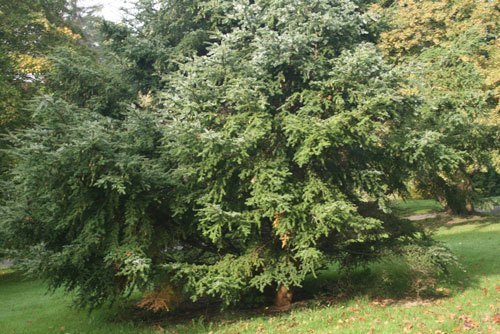
Photo by: Sten Porse
The hemlock family shows certain specific characteristics. They are evergreen and they fill the areas with greenery all through the year. They are medium sized trees that do not over grow. Their size varies from 10-60 m in height. They have a conical irregularity in their crown parts. The above stated characteristic is most commonly found among the Asiatic hemlocks. They have shoots leaning downwards and drooping. The bark of the tree has a scaly nature and they are mostly furrowed deeply. Their color varies from green to brown, which is quite attractive and a treat to the eyes. The stems of the plants stand horizontally from the trunk of the tree. They are very beautifully arranged in a flattened form and bending toward the tip of the tree. They have short and stout spurs which are never fully developed The twigs are very young and in most of the plants of this family, those that are away from the center are very much flexible in nature and they overhang Another important feature to be discussed here is the roughness of the stem arising from pulvini (thickness at the base of the leaves) that persist after the leaves fall.. You can notice this feature when the leaves start to fall due to seasonal changes or habitat changes. The leaves of the plant look flat with an angular configuration. Some leaves are as small as 5mm and the bigger once are about 35mm, and the width would range from 1 to 3mm. The leaves are borne singularly and configure spirally to the stem. The leaves look like twisted in form and this is the reason why the leaves lie in a flat form or more in a radial form. Towards the base, the leaves get thinner and narrower to form a petiole. The apex of the leaves appears rounded, acute and sometimes even notched. The lower side of the leaves has a peculiar characteristic; they have two stomatal bands. The upper layer of the leaves doesn’t show this whitey patch. A raisin canal that is present beneath the vascular bundle is yet another characterizes of the hemlock plant leaves.
Some outstanding characters of the leaves that has to be given due importance are as follows:
They are short needles and they are regularly seen 1 inch long. Each of the needles rises from a small peg that is rounded in shape. Certain needles are green in color on top and have a white band beneath them, while in certain leaves the color is just the same and they show uniformly on all the sides. In certain cases, we can see needles of two different sizes, but some trees show uniformity in length and breadth in their leaves. Some have small cones which are woody and 1-3 inches long. The branches are droopy.
Habitat
United States of America is the natural habitat for the hemlock trees. But we can find them in some parts of Canada and even in certain Asian regions. Most species of the hemlock flourish to grow wild in moist conditions, where the forest is dense and the region is cool. Cool forests are best suited for them to grow. These plants grow rich and wider if they are given a proper habitat.
Growing at Home
Soil
A cool habitat is very essential for the proper growth of the tree, but a proper well drained soil which has an acidic nature is much essential. The most important condition for the trees to grow properly and also to survive is water. The atmosphere has to be perfectly moist for the hemlocks to grow in abundance. Mulch can help to retain the moisture. Growing them in a dry and hot atmosphere is rare. That is the reason why we cannot find these hemlocks in any sunny and dry areas. If the soil is wet and even if the sun god seems to be friendlier, hemlocks make a way to grow. Pollution free areas are needed for them and they are sensitive to dry weather.
Planting
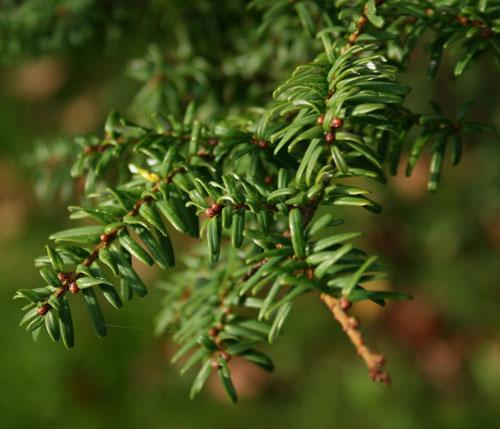
Photo by: Sten Porse
If you are really eager to see a hemlock tree beautifying the backyard of your house of relish the beauty in your garden, then you have to take utmost care about their planting. How will you transplant them? That is the big question which you have to resolve. Dig a big hole, big enough for the roots to be covered properly. The hole should not be too small nor should it be too big. Once the hole is ready, it’s time to plant the tree. Place the hemlock plant in it and then manure it with pine straws, close the hole. Make sure you water them properly, as water is an essential part of the successful evolution of the tree.
Watering
Water your hemlock tree in a proper and slow manner to ensure that the base is always wet. The roots of the tree should be soaked in water for a speedy, healthy and proper growth of the plant and as well as its roots. The stronger the roots, the healthier the plants will grow. You should spray water on the leaves, the stem and each and every part of the plant. You can place the watering hose at the base of the plant and leave for 20 minutes so that there is ample supply of water. They are cold blooded as they can withstand very negative temperature and can grow well in areas which has snow falling and in rainy areas.
Temperature and Humidity
The hemlocks are easily maintainable. Not much care is needed for them. Sufficient watering and a proper atmosphere are essential for them to grow. They can be shaped into desired shapes and sizes, even a pyramid shape, and can be a jewel in your garden. They grow into a huge and gigantic size, and they give you shade.
Care
You can either prune the Hemlock to the shape and size you want to make it for a hedge or allow it a natural growth. Then, it will grow in a pyramid shape to about 50 feet or more in height and give you plenty of shade.
Early spring or summer are the ideal times for pruning the Hemlock when the tree is surging in its growth and quickly recover from the effects of pruning.
Come autumn/winter Hemlocks are in preparation to tide over the harsh cold weather conditions and hardening themselves before the onset of dormancy. Pruning it at this time is not advisable because it may confuse the tree, which may become active instead of becoming dormant. Anyway, any new growth will fall prey to the harsh climate
It will be suicide to add any fertilizer to the growing Hemlock when you are transplanting it as it could burn the roots. Wait until a few months till the tree establishes itself firmly in the ground. Use 12-4-8, 10-10-10 or 8-8-8 fertilizers when the Hemlocks are ready to be fertilized.
Pests and Pesticides
Pests like root, Hemlock Looper, scales and mice do bother the Hemlock. Pesticides would help you to get rid of these insects and helps you to grow them without hindrance. You would do well to use pesticides to get rid of these pets.
Varieties
The botanical experts claim that you can find 8 to 10 types of Hemlock trees under the genus Tsuga that mostly grow in temperate and moist parts of Eastern Asia and North America. Of these, 4 species belong to North America, while the Mountain Hemlock and the Western Hemlock belong to Canada and the US. The Eastern part of North America lays claim to Carolina Hemlock and the Eastern Hemlock and you find large trees of Hemlock in all of North America.

Having discovered a fondness for insects while pursuing her degree in Biology, Randi Jones was quite bugged to know that people usually dismissed these little creatures as “creepy-crawlies”.

